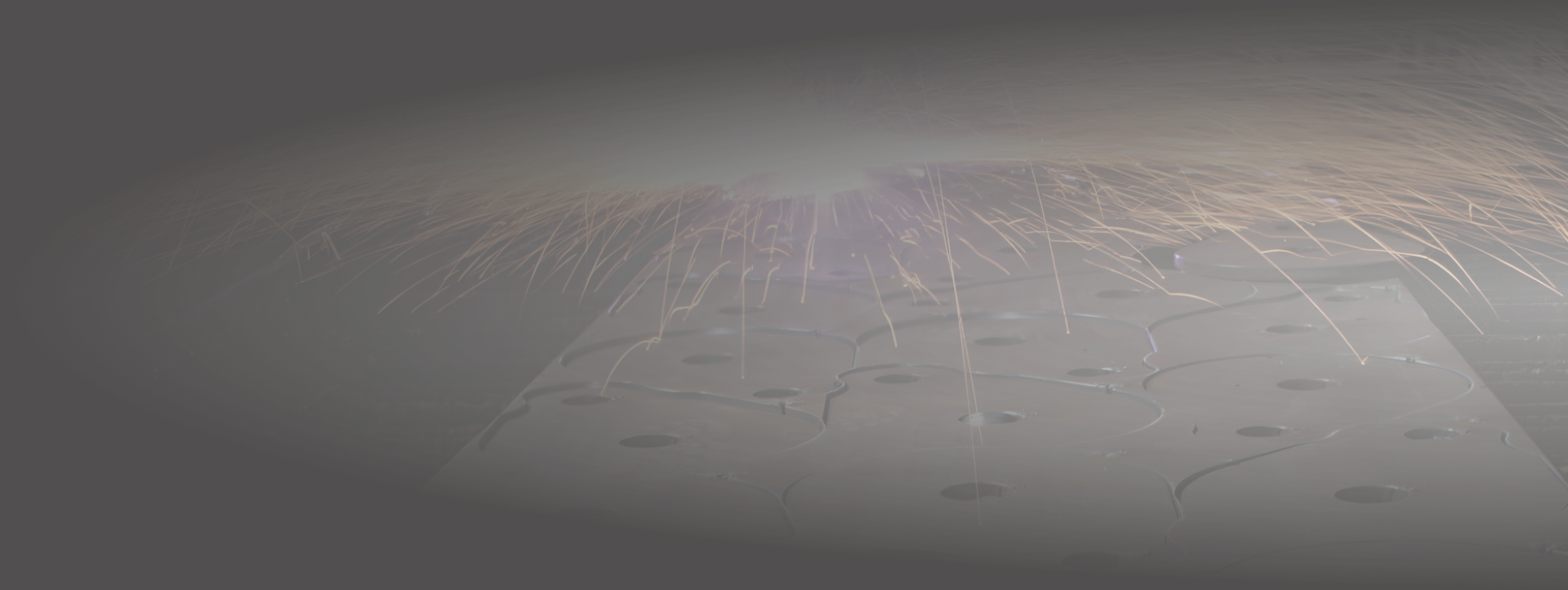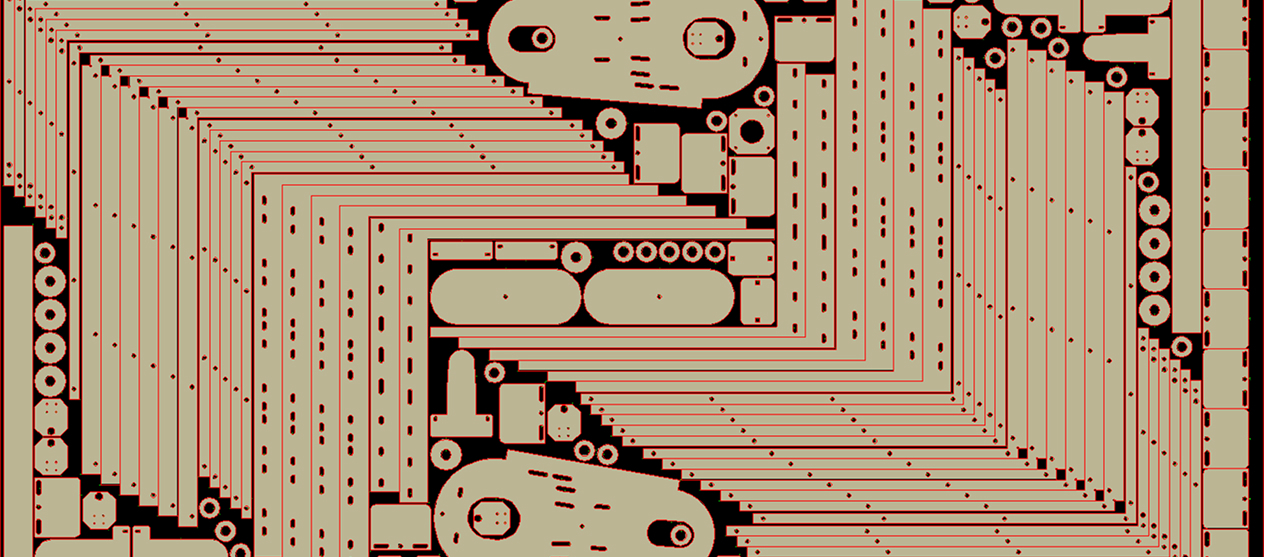The software demonstrates several of the techniques used to find and nest pairs.
 |
 |

Read The Fabricator’s article featuring PEP’s advanced automation and intelligence!

The P.E.P. Automatic Nesting results shown below are typical of the material yield generated by P.E.P.
For more than 25 years programmers have manually used computers to nest two parts together, they checked multiple rotations of the parts, and nested the best rotation in rows and columns. Time was the limiting factor for the programmer and to this day, nesting in rows and columns is the most effective way of nesting.
That’s where P.E.P. comes in. P.E.P. is the only nesting software that analyzes the parts PRIOR to nesting a single part. P.E.P. analyzes and then categorizes the pairs by “type”, and then mathematically nests the parts in memory more than 30 times based upon the plate area, using combinations of parts in rows and columns. As you will see in the video links, P.E.P.’s methods are true to the concept regardless of where a part is nested on a plate.
The advantage that P.E.P. has over the programmer is time. P.E.P. can compare more pairs of parts, check hundreds of rotations, and therefore nest the parts much more efficiently.
The advantage P.E.P. has over other Automatic Nesting products is the nesting technology allows P.E.P. to nest parts in columns and rows on multiple plates performing all the tasks AUTOMATICALLY. Other automatic nesting products require the operator to select the nesting mode based upon their experience with the nesting software and the type of part being nested. When nesting multiple parts this single mode must work for all the parts throughout all the plates. The nesting results are then accepted or rejected based upon what the operator perceives, and whether another mode can do a better job. At best, this approach only works some of the time, and almost always requires editing of the nests to get an acceptable yield.
The nesting of parts in columns and rows is equally important to the productivity of the machine. Columns and rows eliminate heat build-up in the material which allows the machine to cut at faster feed rates, it reduces rapid travel distances and eliminates head raises resulting in a 15% to 25% increase in machine productivity. Since the machine time is far more expensive than the material, the benefits of P.E.P.’s automatic nesting as it applies to machine productivity needs to be understood. Machine productivity is covered in a separate document.
Nest with the Best

